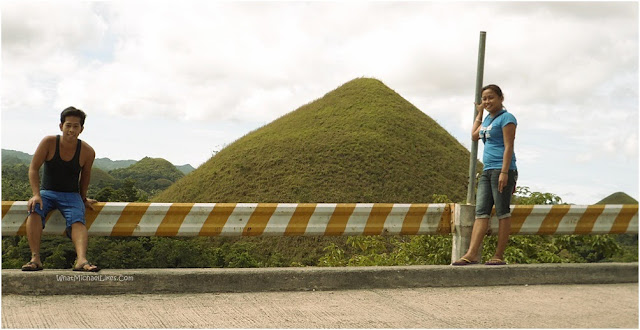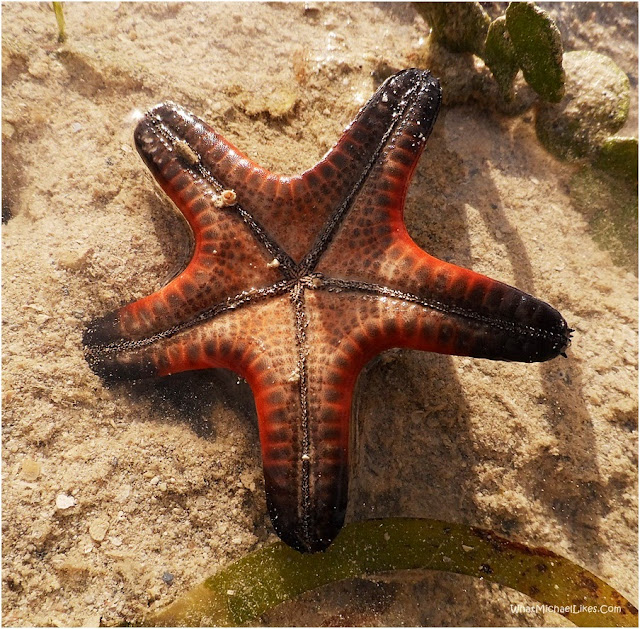It was by accident when I found out about this place. I was still with Bestfriend Ep after winning a company badminton game by default. It was about to rain that time—the dark, thick cumulonimbus clouds were now starting to accumulate the sky so we thought about maybe hanging out somewhere where we could eat and relax; predicting that if we would go home now, then we might be caught by the rain.
Suddenly, her eyes widened when she mentioned about this Little Tokyo here in Makati. I was thrilled when I saw this imaginary floating light bulb flashing on top of Bestfriend Ep’s head.
Being so astonished, I asked her more about this place. She started to talk about her favorite Japanese mayonnaise that she usually buys at one of the few all-Japanese grocery here. She also talked about her love of Japanese cuisine. But there is one thing that made me crave for more Japanese and that was when she mentioned about this place here called, Hana Restaurant.
Hana is a Japanese word that can mean a lot of things—from a flower, blossom, sometimes used to say beautiful. Hana also means nose. But I guess the restaurant owner just wanted to emphasize Hana as beautiful.
You cannot find Hana Restaurant just along the main road of Chino Roces unlike some other resto here at Little Tokyo. Hana is like 20 meters away from the welcoming arc. Since it was my first time to see this place, of course, I did grab the chance to take a shot with the Japan-themed arc here.
 |
| Bestfriend Ep and I |






























